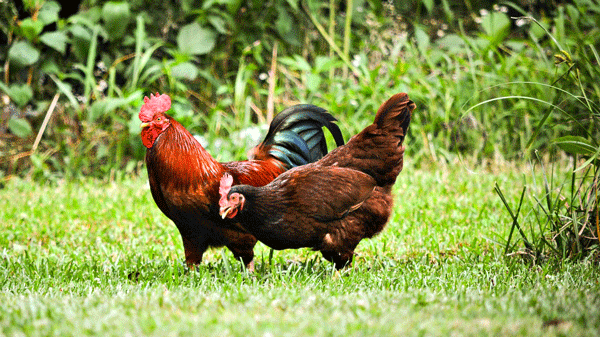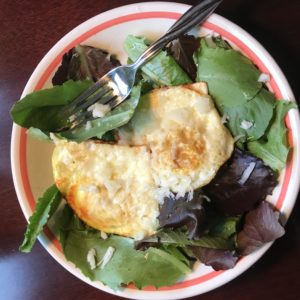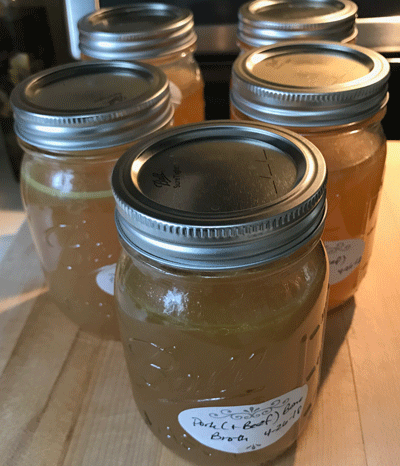When it comes to buying chicken, you have lots of options available. If you’re trying to eat healthy, it can be very confusing which one you should choose. What do all these labels mean anyway? Sometimes I think these labels are marketing-driven, intended to make people think it’s healthy. Read on and decide for yourself.
Free-range
The minimum standard to meet this label is that the chickens must “have access” to and be able to forage over an open area for an unspecified amount of time during each day. It could be as little as 5 minutes, and the “access” could be a 12” square panel that gets opened from the chicken house to an outdoor area. It doesn’t mean the chicken actually spent time outside. It’s true that many farmers will go above and beyond the minimum requirements and if you research the company and believe they use humane practices then this is probably fine. Especially if it’s also labeled organic. But it doesn’t mean that the chickens were fed an all-natural diet, so keep reading for more info on that.

Cage-free
This means the same thing as Free-range.
Vegetarian-fed
These chickens were fed a plant-based diet. This is very interesting because chickens’ natural diet is bugs and grass plus whatever else they can get their little beaks on (they’re not too discerning according to my friend who raises them). Chickens don’t naturally eat corn and soy but that’s what they’ll eat when vegetarian fed. Since most corn and soy in this country is genetically modified, unless the chicken is labeled organic that’s probably what it ate. On the upside, at least the chickens weren’t fed recycled chicken parts.
Pasture-raised
This, to me, is the real deal. This wonderful creature that just made up my evening meal actually spend the majority of its life in a field eating bugs and grass and other chicken-food stuff. Organic pasture-raised chicken is the only kind I recommend.
Bottom line: Don’t fall for the marketing copy that makes it sound healthy when it’s really not. Buy organic pasture-raised chickens, preferably from a local farm.
Photo credit: Kirsten Carr on Unsplash



